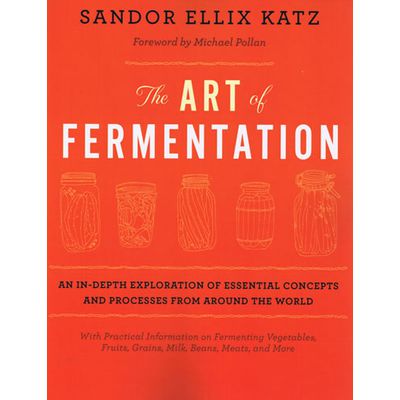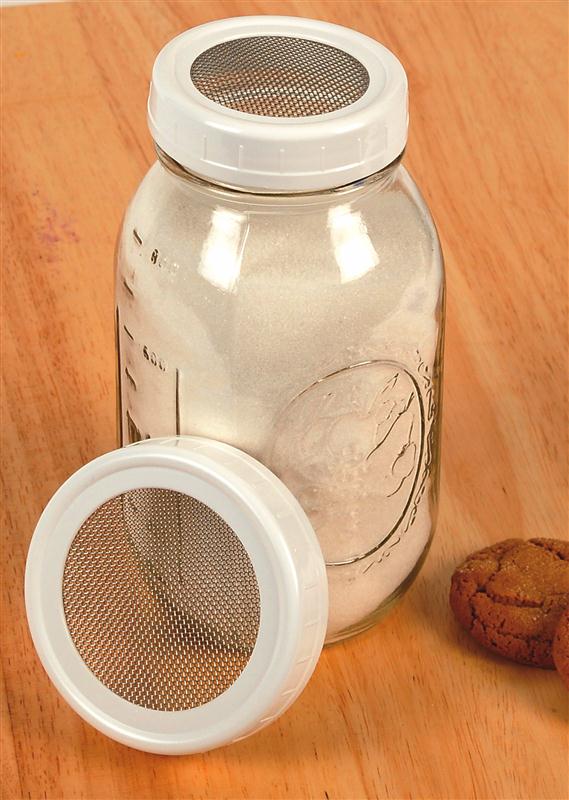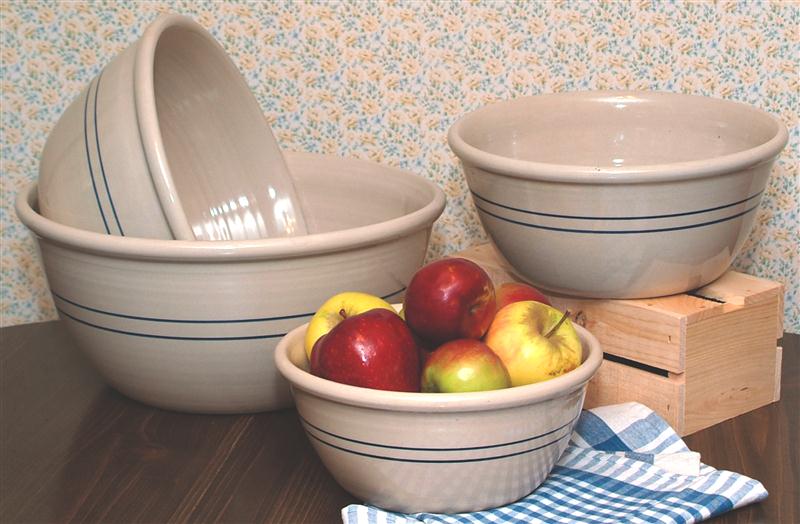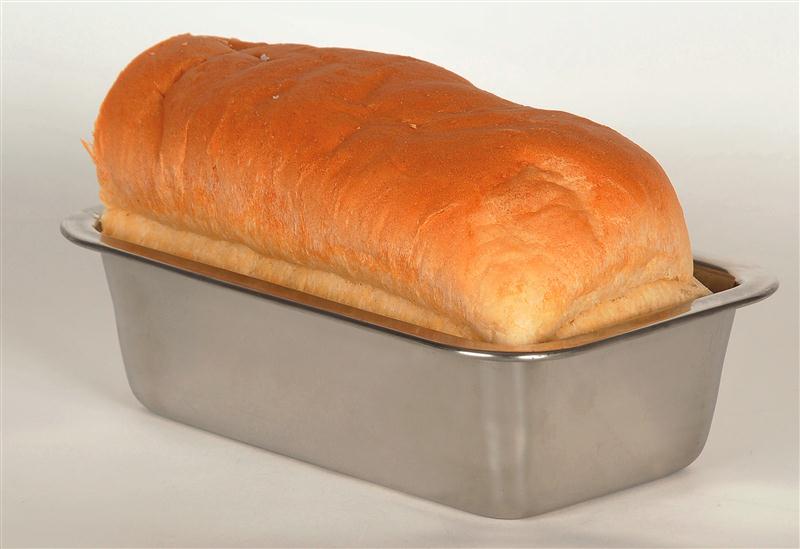
Bread baking is one of those skills that it feels like a person should have. Learning how to knead and form a loaf is a valuable, grounding process. After all, every loaf of bread bought in a store or at a farmers’ market has gone through the same process of kneading and rising, and it’s nice to know how to create that process yourself. I learned how to bake bread in my youth—I’m not sure exactly when—but I must confess, I was by no means an enthusiastic bread baker. It was a very occasionally used skill.
Make A Sourdough Start Yourself
And then this past March, I moved into a new house, and somehow Wild Fermentation by Sandor Elliz Katz was the cookbook on top of my pile when I unpacked. (His newest is The Art of Fermentation, and it’s excellent too!)
I flipped through the cookbook, and noticed that creating a sourdough starter looked pretty easy:
“To create a sourdough starter:

1. Put equal parts flour and water in a jar. Stir. Add a sweet piece of fruit with a skin (like a grape) to encourage the yeasts if you want.
- Let it sit, covered with a cloth so flies don’t get in but air (and yeast) does. Stir a couple times per day.
- When it gets bubbly and starts smelling sour, rejoice! You have a sourdough starter, a batter filled with hungry yeast that you found in the air of your home! Fish the piece of fruit out of the jar, if you put one in.
To maintain your sourdough starter:
You have to feed the hungry yeast. You can keep your starter at room temperature, feeding it a spoonful of flour daily, or you can keep it in the fridge, which slows the yeast down, and feed it weekly. Anytime you feed it, keep it at room temperature for a few hours at least so that the yeast can activate. Whenever you use the starter, you can just keep the dregs from the same jar and add equal parts flour and water to replenish it.”
How simple! And because I cultured the starter from the air in my kitchen, the bread I make is unique to me and my place. This specialness, the relationship I have with my yeast (as opposed to the yeast bought in a store), made me fall in love with bread baking.

Now, To Baking
Basic Sourdough Recipe
Makes 2 loaves.
In the evening, just before I go to bed, I combine:
2 cups sourdough starter
4 cups flour (any kind you want! If you want to knead the bread, you’ll need at least half wheat flour)
2 cups lukewarm water
up to 2 cups of any leftover grains I want to get rid of (cooked rice? Oatmeal?)
This is called the sponge. Once I mix it together, I cover the bowl it’s in with a cloth. It’ll rise overnight, so be sure to put it in a bowl with space to grow!
In the morning, I add a pinch of salt and flour until it’s a knead-able consistency—about 4 cups worth, maybe more. I knead for a good bit, and then let the dough rise in an oiled bowl while I head to work for the day.

When I get home from work, I split the dough in half, knead each half, and form them into loaves. I then let the loaves rise for about an hour in bread pans before putting them in a 350-degree oven for about an hour, maybe a bit less (I usually check at about 50 minutes). I know they’re done if they sound hollow when I tap their bottoms.
There you have it—a very basic, very easy recipe for a couple loaves of yummy sour bread. There’s so much experimentation and variation that can happen from this recipe. Enjoy it! Uniqueness is what makes home-cultured sourdough bread so exciting.






























